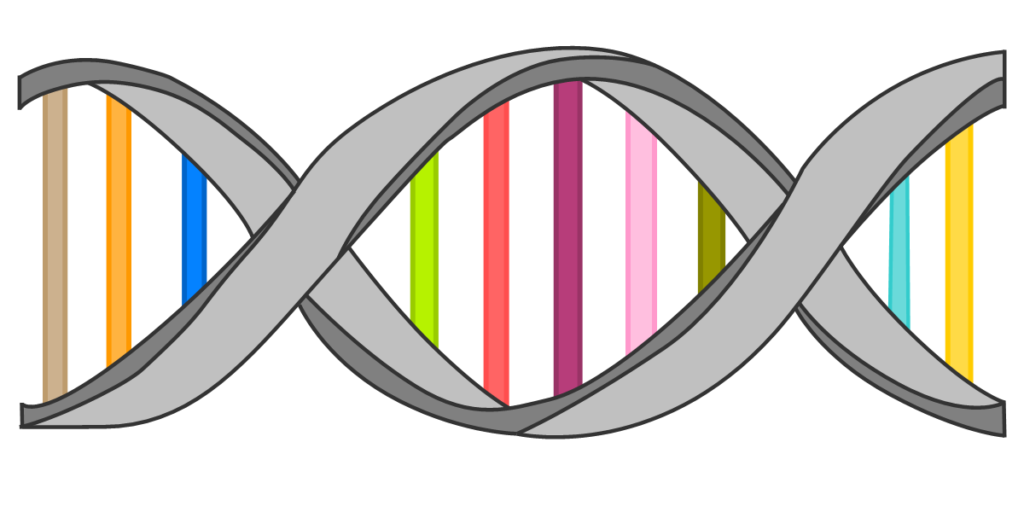Let's talk about...
Genetic discrimination
Genetic discrimination (GD) is the differential treatment of an asymptomatic individual based on genetic testing results. In the United States, Canada, and Australia, reports of GD are most common in two contexts: (1) insurance, where individuals are denied insurance or charged higher premiums and (2) family/social settings, where results of genetic testing shift family and social dynamics where individuals are questioned about reproductive decision making and relationships (Bombard et al., 2009; Otlowski, Taylor, and Bombard, 2012). GD appears to a lesser extent in the employment and government/healthcare setting.
As genetic testing is a very personal matter for patients, numerous safeguards are in place to protect this information. Safeguards vary from country to country; however, it is important to note not all patients are aware of existing protections. Therefore, patients may avoid genetic testing in situations where tests are in their best interest. Proper education on the topic is crucial to alleviate concerns regarding results from genetic testing.

What safeguards are in place to prevent genetic discrimination in Canada and the United States?
In Canada, the 2017 Genetic Non-Discrimination Act (GNDA) addresses GD by providing an amendment to the Labor Code and Human Rights Code to prevent life insurance companies and employers from requiring people to take a genetic test or discuss results of a genetic test in exchange for goods and services. A genetic test cannot be required to enter into a contract or agreement with another individual.
More recently, GNDA was upheld by the Canadian Supreme Court as having a criminal purpose. The decision was clarified by Justice Andromache Karatkatsanis as having to do with the need to protect “autonomy, privacy, equality and public health.”
The United States has various laws at both the state and federal level. The Genetic Information Nondiscrimination Act (GINA) exists on a federal level and contains two parts: (1) protection from GD in the context of health insurance and (2) protection from use of genetic information in employment. However, critics argue GINA does not provide the most comprehensive protection given the law does not apply in cases where employers have fewer than 15 employees and it does not address other forms of insurance, such as disability, long-term care, and life insurance.
Are protections common knowledge?
Laws in place protecting against GD are not common knowledge, and hence cannot be assumed to be known or understood by patients in clinical settings. Two years after GINA was enacted, fewer than 20% of adults were familiar with the law (Parkman et al., 2014). In 2014, in a large cohort of people (n=1479), a total of 79% of people claimed to be unfamiliar with GINA (Green et al., 2015). Among the respondents that were familiar with GINA, 23% incorrectly believed it provided protection in disability, long-term care, and life insurance (Green et al., 2015). This emphasizes the necessity to ensure patients are properly informed on the matter in contexts where genetic testing is required.
References
Bombard, Y., et al. (2009). Perceptions of genetic discrimination among people at risk for Huntington’s disease: a cross sectional survey. BMJ, 338, pp. b2175.
Green R. C., Lautenbach D., McGuire A. L. (2015). GINA, genetic discrimination, and genomic medicine. N Engl J Med. 372 (5), pp. 397-99.
Otlowski, M., Taylor, S., Bombard, Y. (2012). Genetic Discrimination: International Perspectives. Annu Rev Genomics Hum Genet. 13, pp. 433-54.
Parkamn, A. A., et al. (2015). Public Awareness of Genetic Nondiscrimination Laws in Four States and Perceived Importance of Life Insurance Protections. J Genet Couns. 24 (3), pp. 512-21.
